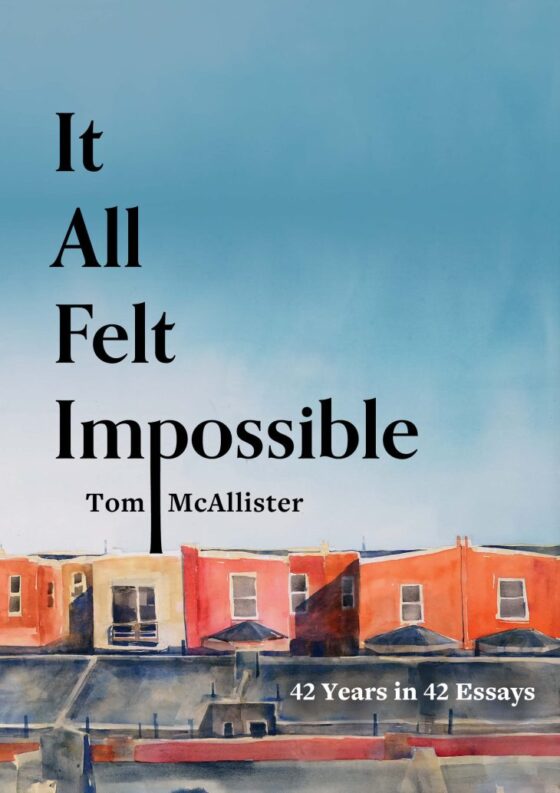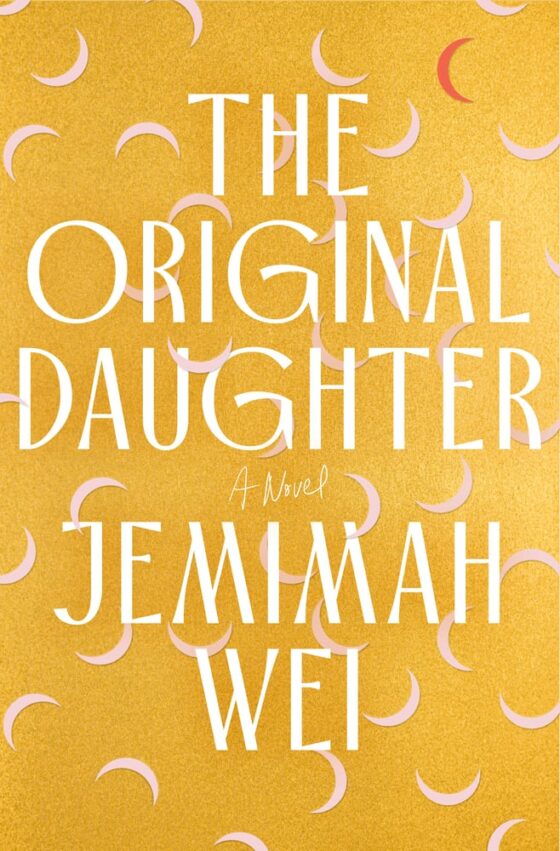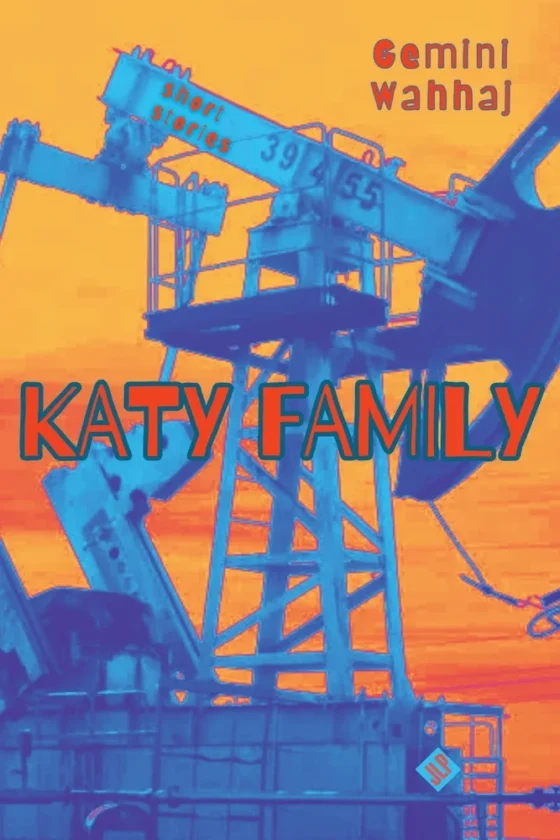Some people write about dystopian futures, or reimagined folktales, or ghosts, or science fiction. Sequoia Nagamatsu, author of the upcoming story collection Where We Go When All We Were Is Gone, does it all. The debut collection, out this month from Black Lawrence Press, weaves Japanese folklore and pop culture into fantastical plots and futuristic settings to create stories that illuminate the human heart in modern times. In its title story, which you can read at Green Mountains Review, desperate citizens of a dystopian future Tokyo join together in an ecstatic months-long dance party that doesn’t stop until they’re dead.
I suppose if our dance is to be remembered by history, I would want it to seem like a dream, something a bunch of unhappy people did to make their life a story, a fairy tale, a happy ending (even if only for the duration of how long our feet and hearts could carry us).
The woman at the center of the story, Eri Oshio, unintentionally sets the dance party off. She steals food from an old woman who asked her for help, and then that food is stolen from her as she walks down the street, and she breaks. She starts dancing in the middle of the square where she stands.
An old energy android, one of the many who were freed from nuclear plant service after the wars, asked me why I was waltzing––maybe two hours had passed since I started. I shrugged my shoulders as I twirled and answered, “Why not? It makes just as much sense as anything else. People are hungry but there is no food. We won a war that raged for so long no one remembers how it started. They tell us we are happy but we aren’t. But dancing is real. Dancing is now. When I move, I forget. When I jump, I leave the world.” By nightfall, the android, whose name is Azuza 2, and I were joined by several others.
This idea of dance as escape and dance as protest is an old one, but in Nagamatsu’s hands, it becomes new. Maybe it’s the story’s ready acknowledgement of the gesture’s futility or the un-sentimentality of its treatment. Or maybe it’s the juxtaposition with the robot Azuza 2, which “dances like a human pretending to be a robot.” But it’s mostly the intentionality of it. Unlike other familiar tales of dancing till death, like Hans Christian Andersen’s “The Red Shoes,” these dancers are choosing to dance till they die. It’s pretty much a mass suicide.
But then again, the dancers in “Where We Go When All We Were Is Gone” don’t really die, per se. Instead, the citizens of this Tokyo are reborn. In response to drastically low birth rates, scientists came up with a way for the body to re-set itself upon death, winding back to twenty-something years old. Sounds great, but here’s the catch: the reborn remember nothing of themselves or their lives. They’re wiped clean, re-educated by the very creepy government, and given new lives. It’s a fascinating idea: not really death, but a kind of death. Life isn’t over, but the life you knew is.
As Eri dances and dances, she reckons with leaving her daughter and husband behind and worries about her new life after rebirth:
Would I become, as if by destiny, someone very similar to who I am now? A seamstress with an affinity for old romance novels? Or will an entirely different spirit occupy my body? I could fall in love with my husband all over again, walking past our old house. And he’d take us to all of our favorite haunts, re-create our first date without revealing a damn thing. Or would I have a completely different type? More brawn over brain perhaps. Who will the government say I am? What skills will I be trained in? For an adult sprung onto the world, re-educated without the memories of childhood, I would be utterly naive to history and the cruel subtleties of the world. Everything, at least for a while, would simply just be.
“Where We Go” takes the fantastical aspect of dancing till death and the sci-fi idea of futuristic rebirth and combines them to create a story that dwells on the very things that trouble us most: what happens after death and the meaning (or futility) of life. It also plays with ideas of fate and/or genetic determinism and identity as Eri hopes that she’s not a tabula rasa, that there’s something essentially her about herself that will emerge again when she’s reborn. It exposes a raw nerve running through most humans that we usually try not to think about. But for a story about a bunch of people committing suicide by dance, “Where We Go” still leaves room for hope:
Perhaps none of us really had a choice. Maybe this dance party was always destined to happen because the grim state of our lives required it of us. I am afraid that I will wake up and find myself utterly alone without anybody but strangers to tell me who I am, where I am, and what my purpose in life is. I will work and cling to life credit by credit. I will read books that I think are of my choosing. I will stay within the borders of our city because there is nothing else. And maybe one day I’ll stop to think. I’ll ask questions and more questions. And maybe, eventually, in a moment of frustration and despair, I’ll dance.




